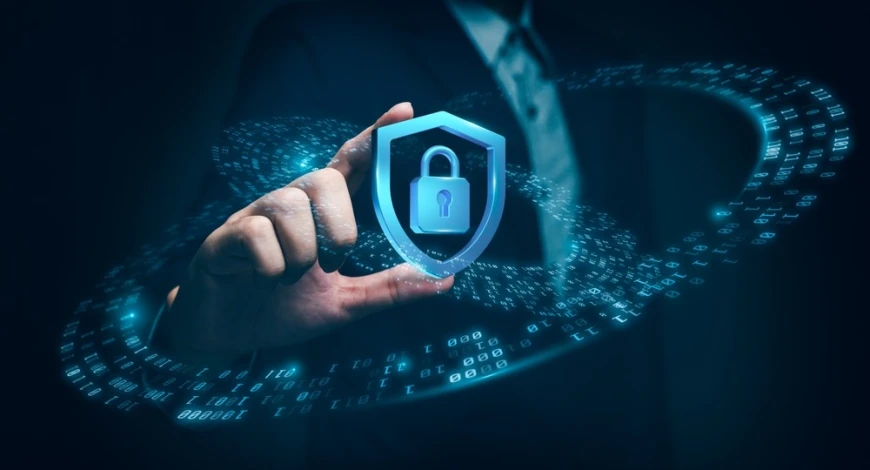Build Resilient Systems Against Cyber Attacks with Digital Business Solutions
As digital transformation accelerates, organizations must ensure their systems are resilient against cyber attacks more than ever. Modern enterprises no longer aim only to digitize operations, but to manage them with secure, scalable, and sustainable architectures. This article comprehensively examines the strategic value, technical requirements, architectural models, and operational best practices for building resilient systems through digital business solutions.
The Role of Digital Business Solutions in Cyber Resilience
Organizations benefit from integrating technologies such as cloud, microservices, APIs, integrated process management, and data analytics into their workflows. However, this progress expands the scope and impact of cyber risks. An effective system requires more than a firewall or antivirus; it needs an end-to-end approach including zero trust, multi-factor authentication, and data governance.
The Strategic Value of Cyber Resilience
Cyber resilience has become a foundational element of business strategy. Operational continuity, brand reputation, customer trust, and regulatory compliance are all directly affected.
Why Cyber Resilience Matters
- Prevent operational disruption and revenue loss
- Maintain full compliance with GDPR, KVKK, and similar regulations
- Respond quickly to ransomware, DDoS, identity theft, and other threats
- Control the expanding digital attack surface
Top Risks Organizations Face
- Poorly configured APIs and microservices
- Mismanaged identity and access policies
- Lack of data classification or insufficient PII protection
- Insufficient logging, telemetry, and observability
Modern Architectures: The Foundation of Resilient Systems
Resilient systems are built through the orchestration of multiple architectural approaches. This section covers API-first design, event-driven structures, and more.
API-First Architecture (REST, GraphQL, gRPC)
The API-first approach enhances modularity and testability. However, API security is essential for resilience.
- OAuth 2.0 and OpenID Connect-based authentication
- Rate limiting and API gateway policies
- Versioning and backward compatibility strategies
iPaaS / ESB Integration Layer
In complex enterprise ecosystems, system-to-system data flow is crucial. iPaaS or ESB solutions keep processes like O2C, P2P, and S&OP/MRP running smoothly.
- Data transformation (mapping, schema enrichment)
- Workflow automation
- Fault tolerance and message reprocessing
ETL/ELT Data Pipelines
Cyber resilience requires safeguarding data integrity. Strong ETL/ELT processes ensure:
- PII masking and anonymization
- Schelling point alerting mechanisms
- Data quality metrics and automated validation
Event-Driven Architectures
Platforms like Kafka, Pulsar, or RabbitMQ provide flexibility and decoupling for large-scale systems.
- Event sourcing and audit logs
- Asynchronous processing pipelines
- Real-time alert and feedback mechanisms
Security and Compliance: A Multi-Layer Approach
Resilient systems must be protected through multi-layered security strategies where each component is defended independently and as part of a whole.
Identity Management (IAM): RBAC and ABAC
Mature access control structures are essential.
- MFA mandatory access
- RBAC role-based controls
- ABAC enriched policies with attribute-based rules
Data Security
- Encryption (AES-256, TLS 1.3)
- PII masking and data retention policies
- Zero-trust data access
Compliance Management
Maintaining continuous compliance with standards such as GDPR, KVKK, and ISO 27001 requires:
- Continuous auditing and reporting
- Data classification and retention
- Unauthorized access detection
Performance and Observability
Resilient systems must also perform efficiently. Critical metrics must be monitored closely.
Performance Metrics
- TTFB (Time To First Byte)
- TTI (Time To Interactive)
- APM transaction tracing
- End-to-end distributed log management
Observability Tools
- Prometheus for metric collection
- Grafana dashboards
- ELK/EFK logging frameworks
Real-World Scenarios
Examples demonstrating how digital business solutions enhance cyber resilience:
- Automatic restoration from backup after ransomware
- Immediate access revocation through IAM for compromised credentials
- Rate limiting to minimize API attack exposure
- Event-driven recovery for O2C failures in finance workflows
KPI and ROI Focus
Cyber resilience investments deliver measurable value when monitored through the right KPIs.
KPI Examples
- Average incident resolution time
- MFA success rate
- Reduction in PII data exposure
- Decrease in hourly downtime costs
ROI Drivers
- Reduced operational losses
- Reputation risk prevention
- Elimination of regulatory penalties
Best Practices
- Implement zero-trust across all components
- Test all API endpoints continuously
- Conduct regular red teaming exercises
- Use service mesh for secure microservice communication
- Apply data lifecycle management
Checklist
- Is MFA enabled?
- Are API gateway policies enforced?
- Are PII masking rules defined?
- Is distributed tracing active?
- Is the disaster recovery plan tested?
Digital business solutions allow modern organizations to operate securely, sustainably, and flexibly. Cyber resilience is not merely a technical detail; it is a critical part of long-term business strategy. With the right combination of architecture, security, performance, and governance, organizations can turn cyber threats into a competitive advantage.
-
 Gürkan Türkaslan
Gürkan Türkaslan
- 18 November 2025, 11:40:50
 English
English



